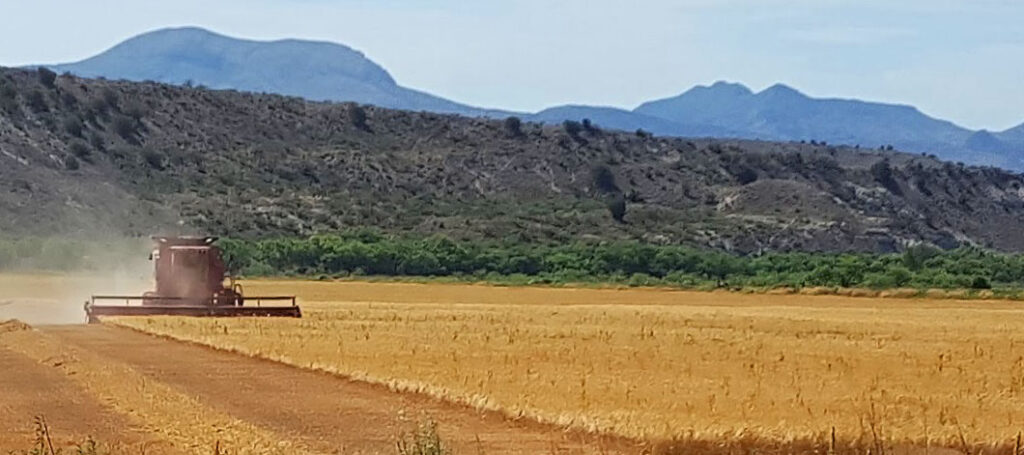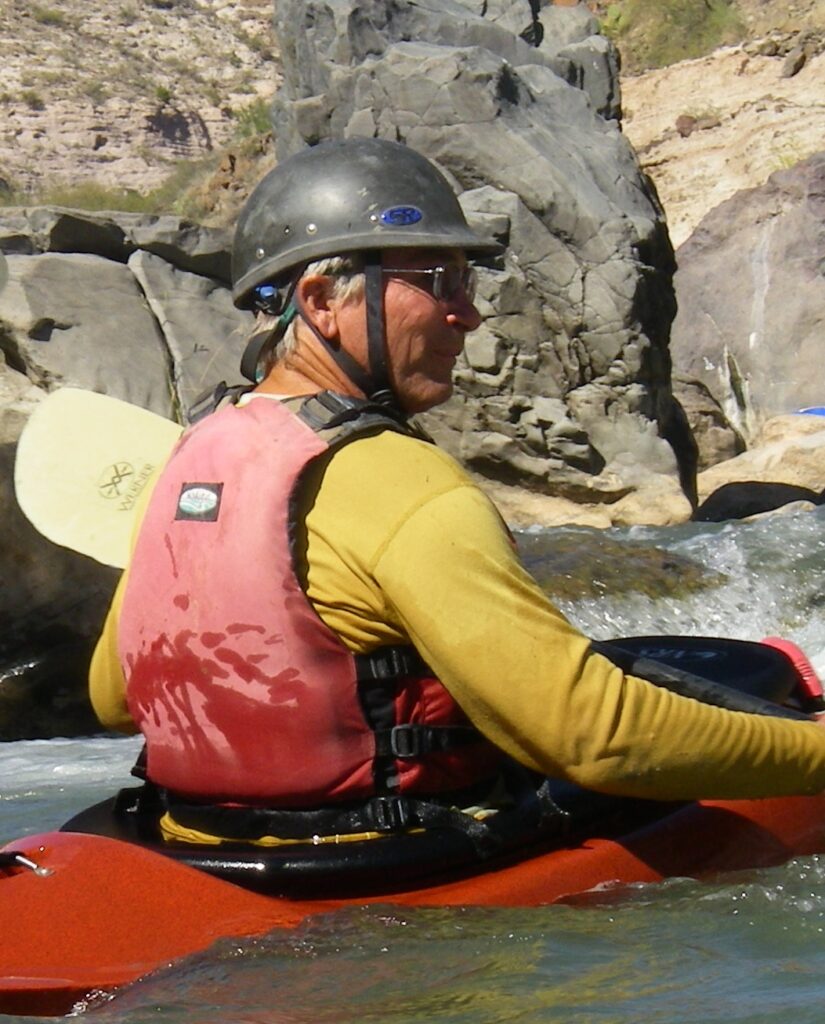
Chip Norton is happiest when he is out on the river. While his passion for kayaking has taken him throughout the western US and Alaska, he is the first to admit that it is the Verde River, his home river, that remains his favorite.
The Verde is one of Arizona’s few remaining perennial rivers. It is home to an amazing diversity of wildlife, including at least 270 species of birds. The willows and cottonwoods, Arizona’s rarest forest type, give way to the pale-colored sandstone.

Spending time on the river navigating the spring run-off energizes Chip. Floating past the lush expanse of plants and spotting bobcat, deer and bald eagles inspires him with awe.
He remembers one summer day back in 1990—when the water level was so low that he could not go for a paddle. “Plus, the water smelled like sewage,” he said. He could not ignore his concern that the river might eventually dry up. That day, he did the only thing that made sense from his perspective. He decided to act.
Doing something so few do, Chip retired at the age of 58 to begin his second career as a full-time community volunteer inspired to conserve rivers.
Chip is not a river ecologist, and he did not have a background in conservation. Yet he is a diligent problem solver and a man who likes to think big. The Verde River could not have asked for a more committed river champion.
He started by founding Friends of Verde River Greenway, a non-profit that brings people together to restore riparian habitat. Friends of Verde Greenway evolved into Friends of the Verde River, working at a watershed scale on river conservation including flow restoration, sustainable river recreation and groundwater issues.
After a decade focusing on restoration, Chip became interested in irrigation practices that used less water. In 2016, he collaborated with The Nature Conservancy and Hauser & Hauser Farms on a pilot project to improve summer river flow by switching to crops that used less water in the summer.
That is when the idea for Sinagua Malt was born. Chip consulted his friend Steve Ayers on the feasibility of a malting operation, and Steve immediately joined him as a founding director. Local conservationist Bob Rothrock soon joined them.
Using barley for malting has two significant benefits over traditional crops like corn and alfalfa. First, it consumes less water. Second, the highest water need for growing barley occurs in March, when the Verde experiences peak flow. “Barley doesn’t need any water after Memorial Day,” said Chip. “With drought and climate change, that’s just as important as using less water.”
Chip then boldly dipped into his retirement savings to build a small-scale malt house that processed locally grown two-row barley into malted barley. He also had to step up to the plate and learn to malt himself. Several craft brewers declared the malt tasty and became his first customers.
Sinagua Malt has been successful and recently expanded its operations. When asked about the key to project success, Chip said simply, “There was always a time when any one of us working on this project could have quit. But we just didn’t quit.”
Today, Sinagua Malt is a benefit corporation committed to distributing at least 5% of its profits to support river conservation. Hauser and Hauser Farms has converted more acreage to barley, as have other farmers in the watershed. This expansion of crop conversion acreage is largely the work of The Nature Conservancy, without whom this project could not have happened.
Chip’s quest to save his local river led him to a team effort that has saved and will continue to save, millions of gallons of water for the Verde River.
“Seeing improved summer flow through Camp Verde is immensely rewarding,” said Chip. “Despite extreme drought conditions, the Verde River in Camp Verde has enough flow this summer to support farmers and recreationists.”
Interested in learning more? Watch this video.
